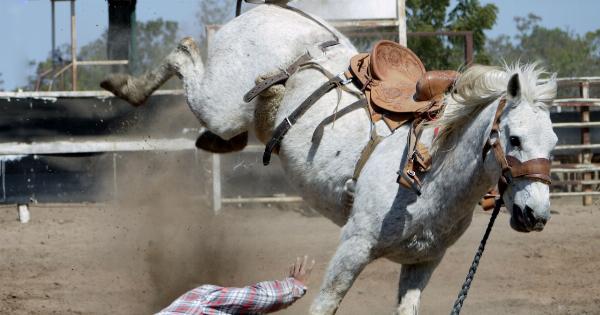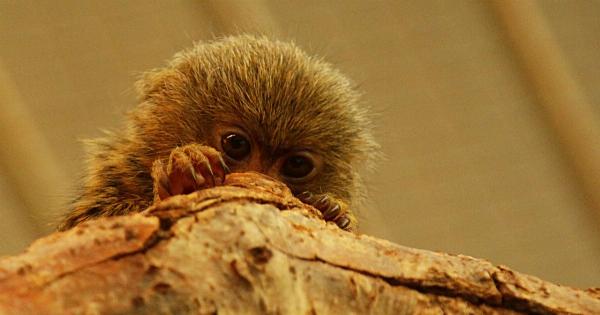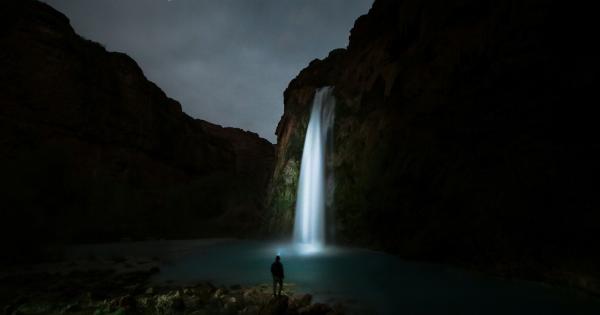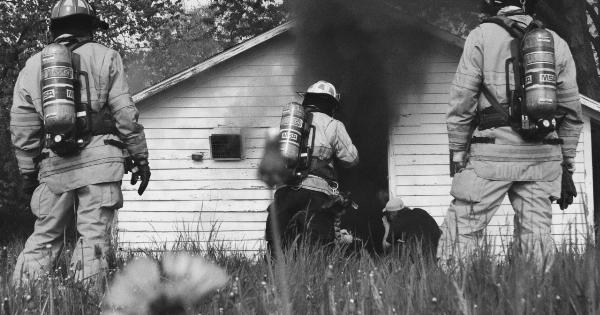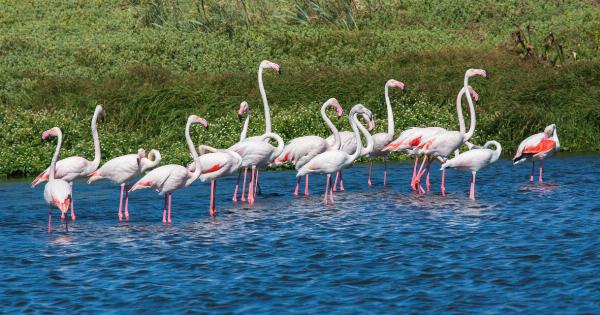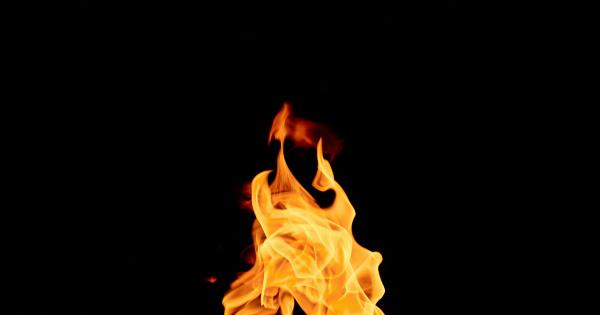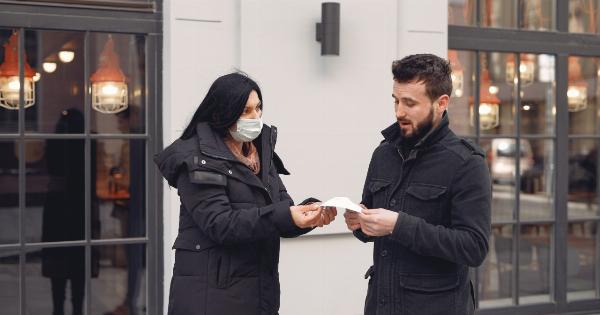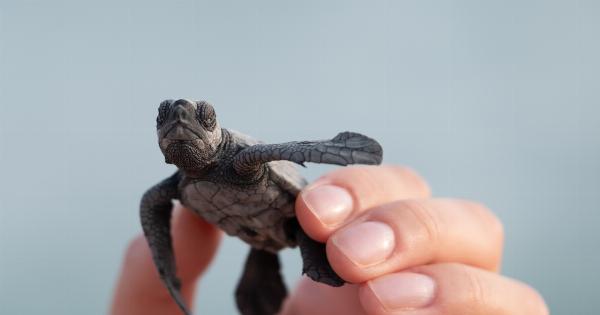The world is full of amazing creatures that make our planet a beautiful and unique place to live. Unfortunately, many of these animals suffer injuries, leaving them in severe pain and unable to survive on their own.
As caring individuals, it is our responsibility to help these creatures wherever possible. Here are some helpful tips and advice on how to help injured wildlife.
1. Always Put Your Safety First
Before you jump to help an injured animal, step back and make sure you are safe. Wild animals can be unpredictable, and you don’t want to put yourself in danger.
Observe the situation from a distance and assess the animal’s behavior before approaching it.
2. Know When to Intervene
While our natural instinct is to help any animal that is suffering, it is important to determine whether an injured animal needs our help or whether it is simply resting or hiding.
If you are unsure about what to do, contact your local animal rescue organization or wildlife rehabilitator.
3. Be Prepared
Before you set out to help injured wildlife, make sure you have all the necessary equipment and supplies. You may need gloves, a towel, a box or carrier, and some food or water to help transport the animal.
Keep the animal warm and minimize its stress as much as possible.
4. Don’t Attempt to Feed the Animal
While it may be tempting to offer an injured animal some food or water, it is important not to do so as providing the wrong food can cause further injury or even death.
If you want to help feed an animal, contact a wildlife rehabilitator and ask for advice.
5. Don’t Offer First Aid Unless You Know How
If you are not trained in providing first aid for animals, it is best not to attempt it. Incorrect treatment can lead to further injury or infection and can even be fatal for the animal. It is always best to contact a professional and ask for help.
6. Keep the Animal Calm and Quiet
After you have successfully captured the animal, it is essential to keep it calm and quiet while you transport it. Sudden movements or loud noises can cause additional stress to the animal and make its injuries worse.
Cover the carrier with a towel to minimize disturbance.
7. Locate a Wildlife Rehabilitation Center
Once you have captured the injured animal, the next step is to contact your nearest wildlife rehabilitation center.
The professionals at the center are trained to properly care for injured animals, and they have the necessary tools and equipment to provide the best possible care.
8. Follow Up on the Animal’s Progress
If you have taken the time and effort to help an injured animal, it is natural to want to know how the animal is doing. Ask the rehabilitation center to provide you with updates on the animal’s progress and recovery.
9. Consider Volunteering or Donating to a Wildlife Rehabilitation Center
Wildlife rehabilitation centers rely heavily on donations and volunteers to continue their vital work. Consider donating your time or money to help these centers continue to care for injured wildlife and preserve our natural environment.
10. Spread Awareness
One of the best things you can do to help injured wildlife is to spread the word about the importance of conservation and the need to take action.
Encourage others to think about the impact of their actions on the natural environment and to make responsible choices that help protect and preserve our planet for future generations.
Conclusion
Helping injured wildlife is a vital responsibility that falls on all of us as human beings.
By following these tips and advice, you can make a positive impact on the lives of animals that are suffering, and you can help preserve our natural environment for future generations.

